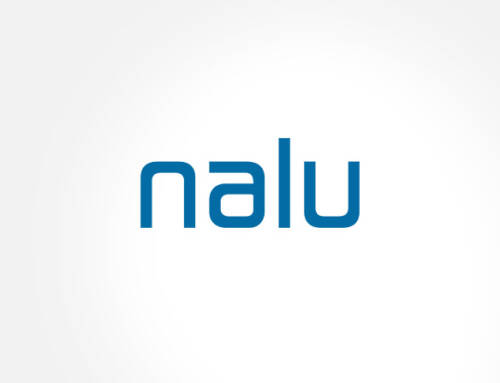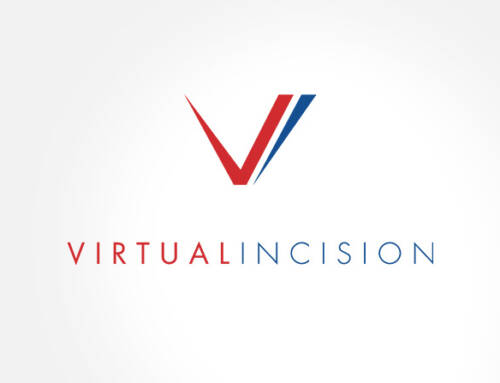 First backed by Endeavour Vision in 2015, Gynesonics is a women’s healthcare company focused on improving the treatment of uterine fibroids through its innovative Sonata® System. This minimally invasive technology provides a uterine-preserving option for symptomatic fibroids that offers women a faster, safer alternative to traditional surgical procedures.
First backed by Endeavour Vision in 2015, Gynesonics is a women’s healthcare company focused on improving the treatment of uterine fibroids through its innovative Sonata® System. This minimally invasive technology provides a uterine-preserving option for symptomatic fibroids that offers women a faster, safer alternative to traditional surgical procedures.
Hologic Inc. (NASDAQ: HOLX), a leading medical device company focused on women’s health, announced in October 2024 that it planned to acquire Gynesonics in a $350 million all-cash transaction; the merger closed earlier this month. In pursuing the deal, Hologic cited Sonata’s significant potential to expand treatment options for patients.
We interviewed Alexander Schmitz, Partner at Endeavour Vision, who led the firm’s investment in Gynesonics, to understand the company’s journey from early investment to acquisition, including the impact of Sonata on women’s health.
What does Gynesonics do and why does it matter?
Gynesonics pioneered Sonata, a uterine-preserving, incisionless treatment for symptomatic fibroids. Fibroids affect millions of women globally with significant morbidity, often including symptoms such as pelvic pain, excessive bleeding, painful menstrual cycles, infertility and bloating. For patients, Sonata offers lasting relief from an often-debilitating condition and allows women to return to normal activity much faster than other more invasive procedures, such as hysterectomy or myomectomy. For gynecologists, Sonata offers a safe and easy to master procedure that combines radiofrequency ablation together with intrauterine ultrasound guidance for safe, precise targeting of fibroids.
What was your original investment thesis?
Given the large burden of disease, we saw a real opportunity for Sonata to emerge as a new option for treating a wide range of fibroids. Fibroids are typically managed either with medications, which have limited effectiveness and significant side effects, or via more invasive procedures such as hysterectomy (removal of the uterus) or laparoscopic myomectomy (surgical removal of the fibroids). These interventions are major medical procedures with risks of complications and long recovery periods. With hysterectomy, childbirth is no longer possible and women can experience endocrine complications due to the removal of the uterus. Myomectomy has been linked with a rare but devasting complication of inadvertently spreading malignancies when a suspected fibroid is in fact a malignant growth. Sonata avoids all of these limitations, preserving the uterus, leaving no external scars and targeting the fibroids directly with radiofrequency (RF) energy that shrinks the fibroids in place.
What challenges did the company face?
Sonata is a complex integrated system that combines ultrasound guidance and targeted RF energy delivery. Developing and producing the system was a real engineering challenge. The company needed to conduct multiple clinical studies around the world to secure not only regulatory approvals, but also to obtain reimbursement for the system, which is now covered in the US and several major European markets. Developing a new therapy is always challenging, and on top of the usual trials and tribulations, Gynesonics had to navigate through several pandemic years that made everything harder for medical device companies, especially those offering elective procedures. In addition, the company encountered challenges raising capital in recent years, which ultimately led to a financial restructuring of the company and the appointment of a new CEO in early 2023.
How did Sonata become a gamechanger in the treatment of uterine fibroids?
Sonata is still an emerging technology, having obtained its CPT Category I code in January 2024. Together with extremely broad private payer coverage, this new reimbursement code lays the foundation for Sonata to reach many more physicians and patients. Gynesonics is still working to build awareness of this new therapeutic option and its benefits for women, and the company hopes over time to see broader adoption and inclusion in medical society guidelines. A growing number of women treated with Sonata have given birth (despite indicating prior to treatment that they were not seeking pregnancy), suggesting the procedure may be suitable for women who wish to preserve fertility options, although more data will be required to confirm these observations.
How did the transaction with Hologic happen and why does it make sense for them?
Hologic is a leading global medical device company with a strong focus on women’s health. It has an extensive commercial presence in the US and internationally and should be able to help broaden access to Sonata globally and accelerate growth. They have a strong understanding of the market and Sonata’s potential impact, and we believe they will be able to help develop the therapy further and faster than Gynesonics could have achieved operating on its own. Ultimately, this should help more women benefit from this exciting new therapy.




